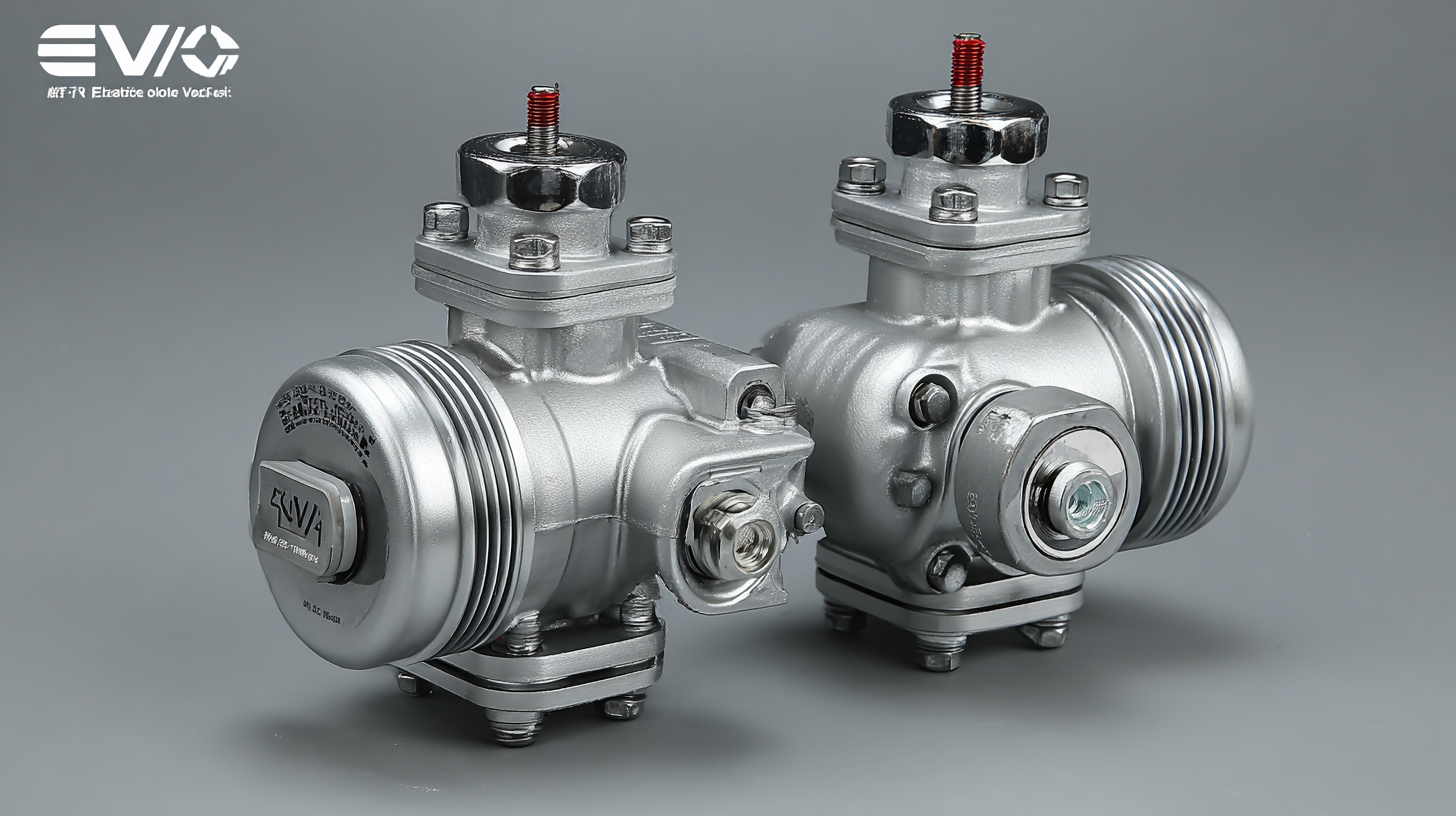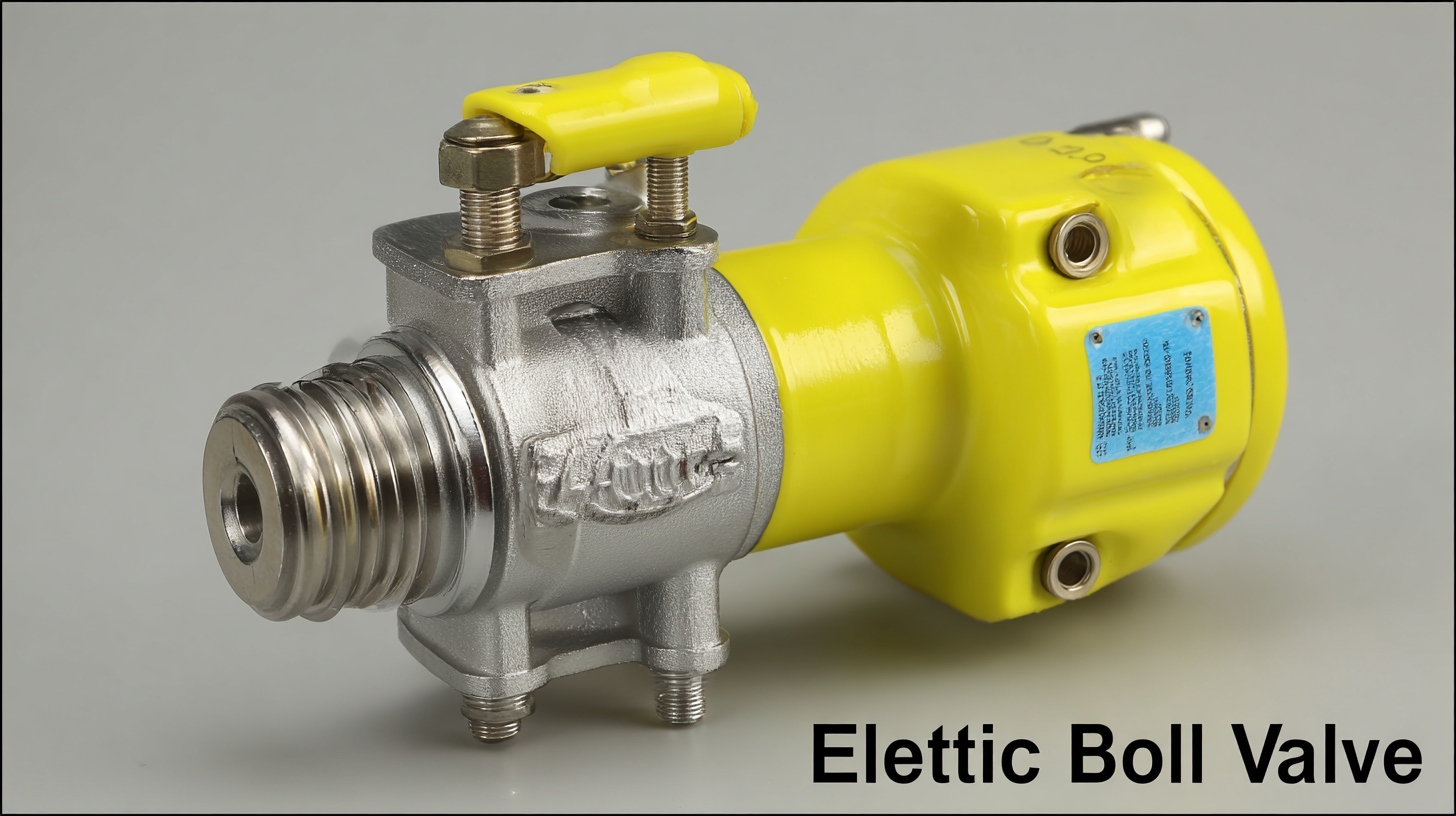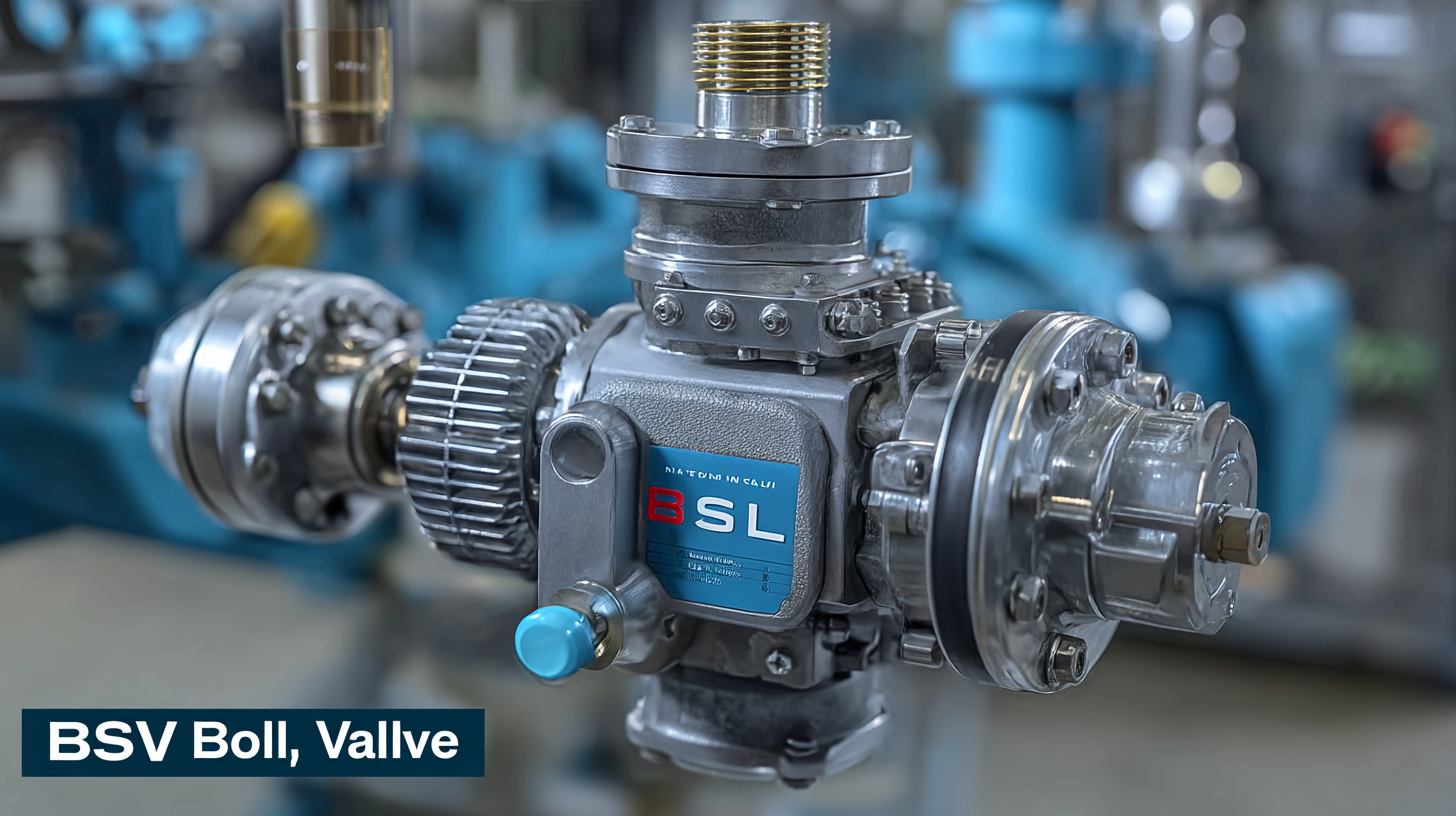
-
Home
-
Products
-
About Us
-
Application Cases
-
CLIENT & FACTORY
-
Test
-
News
-
Contact Us
Leave Your Message

As industries continue to embrace automation and smart technologies, the Electric Ball Valve has emerged as a critical component in various applications, ranging from water treatment to HVAC systems. According to a recent market research report, the global electric valve market is projected to reach $3.7 billion by 2025, growing at a CAGR of 6.5% from 2020 to 2025. This growth is propelled by the increasing demand for efficient fluid control systems and the rising trend of smart automation in industrial processes. The benefits of using electric ball valves, such as precise control, energy efficiency, and remote operation capabilities, make them an attractive choice for modern engineering challenges.

In this blog, we will explore the key factors to consider when choosing the best electric ball valve for your specific needs, while also highlighting the latest industry trends and innovations that are shaping the future of this vital technology.
In 2025, the electric ball valve market is poised for significant transformation, driven by key trends in the residential construction and boiler sectors. Forecasts suggest that the North American residential ball valve market will experience a substantial upturn as construction activities ramp up. This surge is largely fueled by an increase in new residential builds and renovations, aligning with rising consumer demand for energy-efficient solutions. Specifically, the residential boiler market is expected to see strong growth from 2025 to 2035, opening up new avenues for enhanced ball valve applications. The integration of electric ball valves in these systems not only improves operational efficiency but also supports various smart home technologies.
Moreover, as sustainability becomes a priority, the incorporation of electric ball valves in eco-friendly construction practices will gain traction. Industry reports indicate that there is a growing need for valves that facilitate precise control and automation in plumbing and heating applications, directly impacting overall energy consumption. By aligning product offerings with technological advancements and market demands, manufacturers can capitalize on these emerging trends. The next few years will undoubtedly present a unique opportunity for innovation in electric ball valves, shaping their role in diverse industrial applications.
This chart illustrates the projected growth in demand for electric ball valves across different industries in 2025, highlighting key trends influenced by automation, energy efficiency, and smart technologies.
When selecting the best electric ball valve for modern industrial applications, various essential features must be evaluated to ensure optimal performance. One of the foremost aspects to consider is the valve's actuator type. Electric actuators come in different designs—including quarter-turn and multi-turn—each offering specific advantages depending on the application's needs. Understanding the required positioning precision and control speed is crucial in determining the ideal actuator for seamless integration into control systems.

Another significant feature to assess is the valve's material composition. Electric ball valves are subjected to different fluids and temperatures, making it essential to select materials that ensure durability and resistance to corrosion. Stainless steel, for instance, is ideal for harsher environments, while plastic options may be suitable for less aggressive applications. Additionally, the size and flow characteristics of the valve should align with the piping system, ensuring efficient fluid passage and minimizing energy consumption. By thoroughly examining these features, industries can make informed decisions that enhance performance and longevity in their operations.
As industries evolve, so does the technology behind electric ball valves, with innovations driving enhanced efficiency and operational effectiveness. In 2025, the focus on electric ball valve technology is expected to be at the forefront of industry trends, highlighting the need for smarter, more automated solutions. The integration of advanced electronic systems will allow for real-time monitoring and control, improving the overall performance of fluid management systems. These upgrades facilitate precise flow control, reduce energy consumption, and minimize maintenance needs, ultimately leading to cost savings for businesses.
Furthermore, the global market for ball valves is projected to grow significantly, underscoring the importance of understanding these innovations. With the demand anticipated to reach USD 22.5 billion by 2033, industries must remain adaptable to leverage new capabilities. The advancements in electric ball valves not only enhance operational efficiency but also align with broader industry trends towards sustainability and smart technology integration. As companies navigate these advancements, the deployment of electric ball valves will play a crucial role in optimizing their systems and achieving strategic goals in a competitive landscape.
When selecting the right electric ball valve for diverse industrial applications, it's essential to consider several factors that will influence efficiency and performance. Electric ball valves play a pivotal role in various sectors, notably in water and wastewater management, where their precision can significantly improve system operations. Choosing a valve that integrates seamlessly with electric actuators can lead to enhanced control and reduced energy consumption.

Tips for Selection:
By focusing on these key aspects, you can ensure that the electric ball valve you choose will meet the demands of your specific industrial setting while aligning with future trends and innovations.
The electric ball valve industry is witnessing a transformative shift towards sustainable solutions in design and manufacturing. As companies increasingly prioritize eco-friendliness, innovations are emerging that not only enhance performance but also address environmental concerns. Recent advancements, such as the development of cryogenic ball valves, are setting new standards in reliability while simultaneously controlling fugitive emissions. This trend reflects a broader industry movement towards producing valves that meet stringent environmental regulations, particularly in sectors like LNG and hydrogen.
Moreover, driven by the anticipated growth in the industrial valves market, which is expected to reach USD 124 billion by 2035, manufacturers are under pressure to adopt greener practices. The rise of digital transformation technologies is also shaping how electric ball valves are designed. Automated systems are being integrated to optimize efficiency and reduce waste, making sustainable operations more attainable. With a notable shift in consumer preferences towards eco-conscious products, the focus on sustainable solutions in the electric ball valve sector is not just a trend but a necessary evolution for future growth and compliance.
| Dimension | Value |
|---|---|
| Material | Brass, Stainless Steel, PVC |
| Size Range | 1/2" to 6" |
| Pressure Rating | Up to 300 PSI |
| Actuator Type | Electric, Pneumatic |
| Energy Efficiency | Low Power Consumption |
| Control Options | Manual, Remote, Automated |
| Sustainability Features | Recyclable Materials, Low Carbon Footprint |
| Warranty | 5 Years |